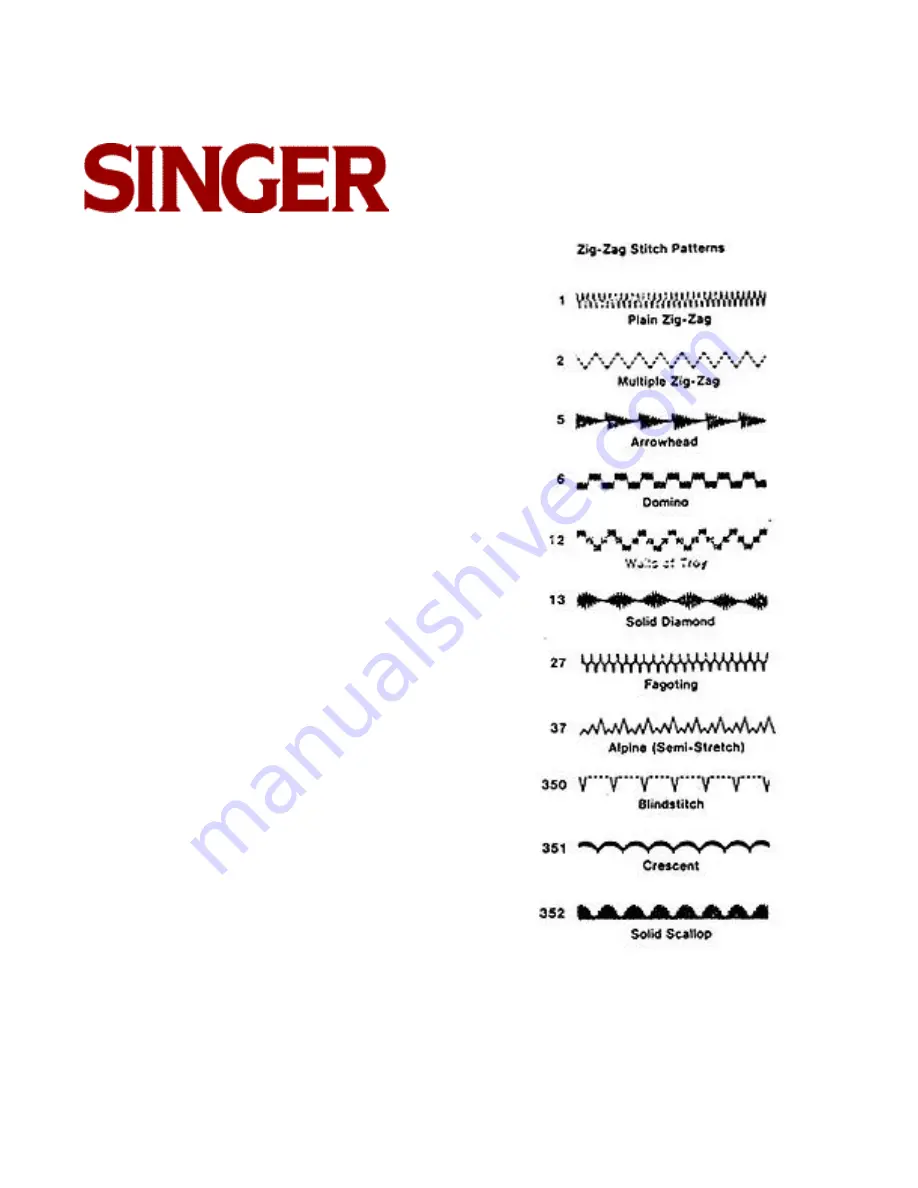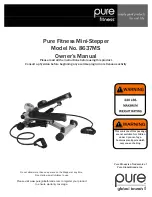
Singer
288
26
4. Zig-Zag Stitching
How Patterns are Produced
;
All Patterns are produced from the interchangeable
pattern discs. Some stitch patterns are used for practi-
cal purposes, such as buttonholes and button sewing,
seaming, blindstitch hemming, and mending. Others
are purely decorative and will give an individual touch
to your clothes and home.
The pattern discs that come with your machine pro-
duce the stitches illustrated on the following page. The
numbers indicate pattern disc numbers.
For instructions on changing pattern discs, see section
on Chaging Pattern Discs
















































